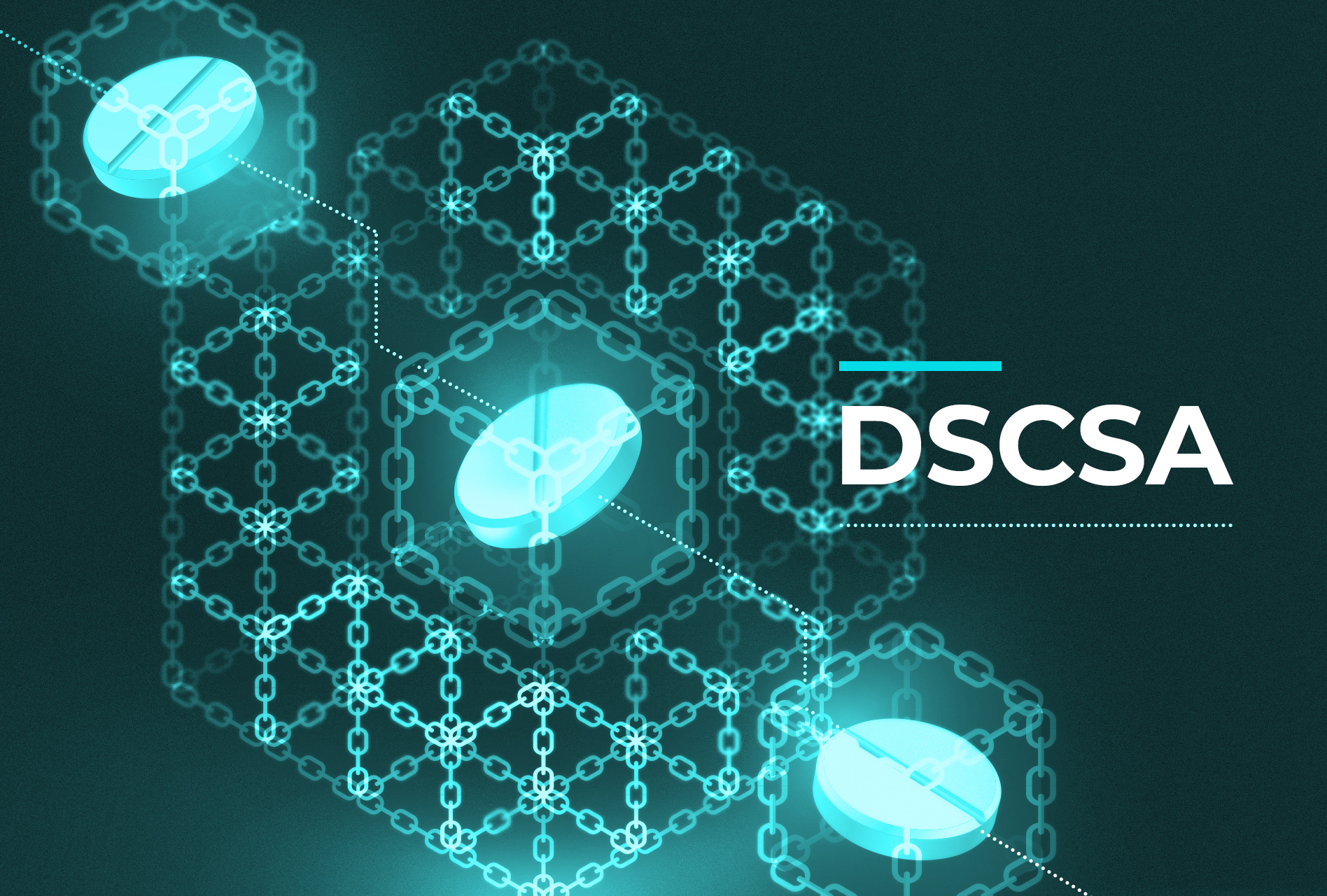In 2013, the Drug Supply Chain Security Act of the US was enacted by Congress to advance Food and Drug Administration’s ability to ‘help protect consumers from exposure to drugs that may be counterfeit, stolen, contaminated, or otherwise harmful.’
The Act will come into full force in 2023, requiring the pharma industry to trace the whole supply chain of the drug origin and distribution. Now, let’s dive a bit into history.
Background
In 2012, a sudden meningitis outbreak took the lives of 64 people who died of the unlooked-for inflammation, while 753 had fungal meningitis. By 2019, the death count increased to more than 100 people, killed by the swelling.
A thorough investigation established that the outbreak was caused by counterfeit drugs supplied by a compounding pharmacy that committed fraud and other illegal activities. While the pharmacy’s goal was basically to boost the business, its uncontrolled actions led to a deadly result.
The Act

Title II of the Drug Supply Chain Security Act (DSCSA) outlines steps to build a secure electronic, all-round system to trace the origin of drugs distributed in the US. It is aimed at the improvement of drug distribution among all market players, including wholesalers, dispensers, repackagers, and third-party logistics providers.
The Act decrees that starting from 2023, each supply chain participant must be able to provide a full track of a transaction with all necessary documents available on-demand.
Each product package must be identified unless required to have a standardized numerical identifier. Each supply chain participant is obliged to ensure each trading partner’s authorization. All transacted, returned, and otherwise processed products must be verified.
Overall, the safety and security of pharmaceutical supply chains must be considerably advanced.
Blockchain

The specifics of blockchain technology enables enterprises to solve most of the supply chain challenges.
In a blockchain, smart contracts ensure data security and reliability. Once added, data cannot be replaced, changed, or stolen.
Generally, a blockchain is the software and/or hardware integrated into an existing CRM or ERP of an enterprise. The technology allows upscaling these to include as many functions and parties as needed.
A pharmaceutical supply chain platform may act as a single source of truth for all its participants. Drug manufacturers, raw material suppliers, provisioners and distributors, carriers, pharmacies, and other actors get a universal ecosystem to build a trusted, secure, and transparent supply chain.
In each case, the ecosystem is based on the requirements of the parties involved. For example, it allows tracing the origin of products and components, provision, payment and delivery flow. Subsequently, no party would want to counterfeit an item as it will become visible to the whole chain, and such investigation, if required, would be executed shortly.
Automation of transactions and payments simplifies operational processes to free up time for improvement of strategy and planning. Unlike traditional ERP solutions, blockchain-based platforms tangibly reduce the risk of failure due to human error.
Packaging, products, and any valuable items can be tagged with IoT sensors to record shipping information. Authorization of each new participant is verified visibly to other authorized parties of the chain.
Finally, an entire supply chain is accommodated on a single platform under fixed regulations, where product, payment, and transaction data is securely available at any time upon request.
Summing Up
As we can see, blockchain can profoundly advance the pharma industry processes. It can tackle persistent challenges and pain points in production, logistics, and distribution of pharmaceutical supplies, establishing transparency, auditability, and real-time monitoring throughout delivery.
Need a DLT-based solution to integrate into your pharma supply chain? Tell us about your future project in an email, and we will get back to you with free consultation shortly!
You may also like:
➔ 10 Major Real Use Cases of Blockchain in Healthcare
Explore practical examples of blockchain usage in the healthcare sector.





Blockchain Insights
Join our mailing list to receive OpenLedger Insights publications weekly.
Thanks! Please check your inbox to verify your email address.
By clicking “Subscribe”, you’re accepting to receive newsletter emails from OpenLedger Insights every week. You can easily update your email or unsubscribe from our mailing list at any time. You can find more details in our Privacy Policy.